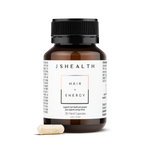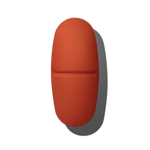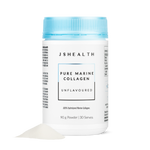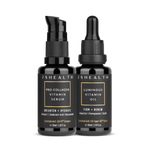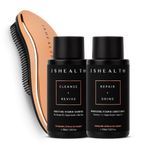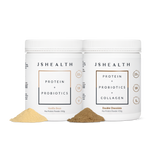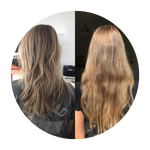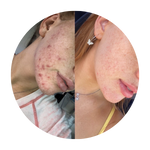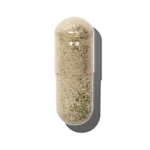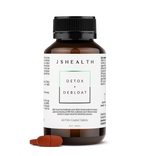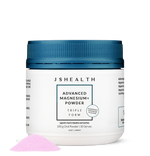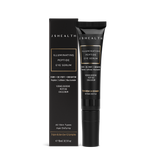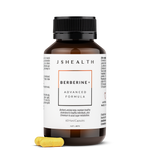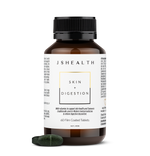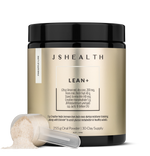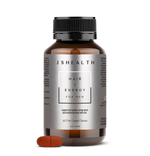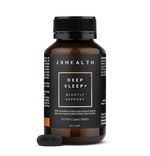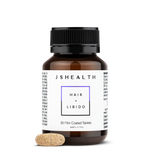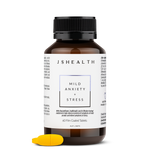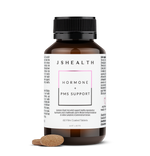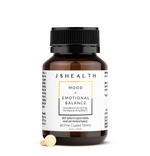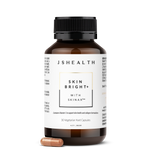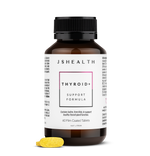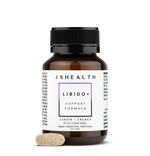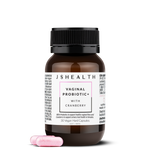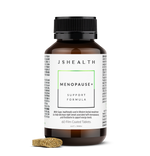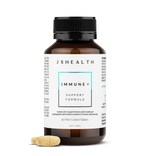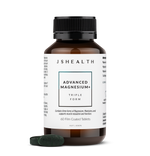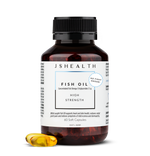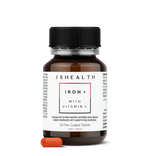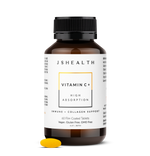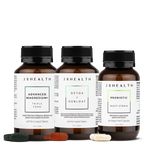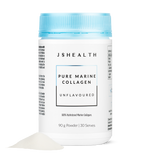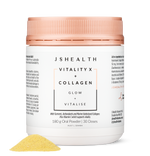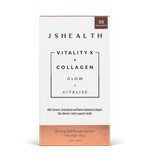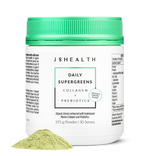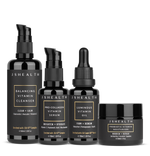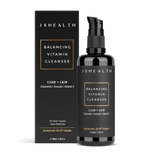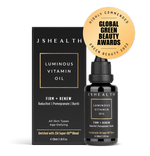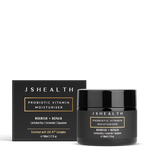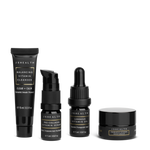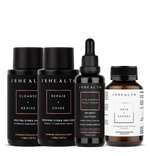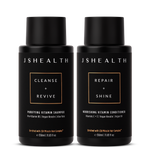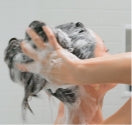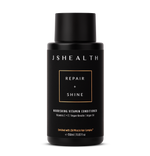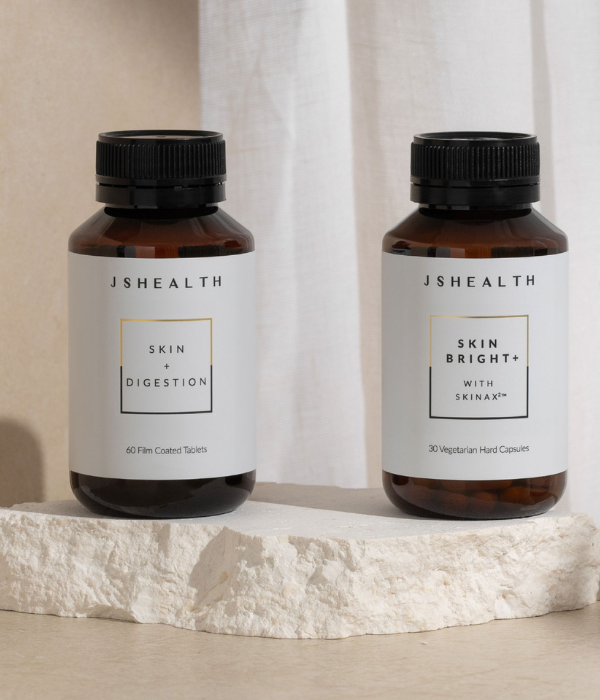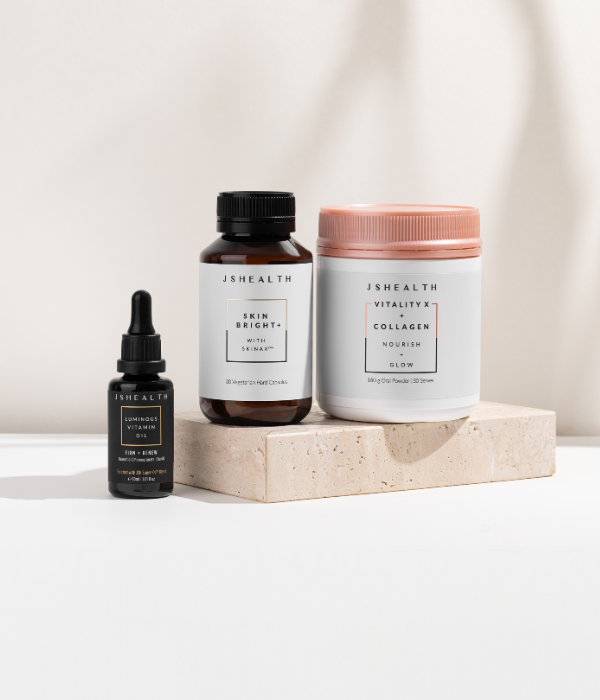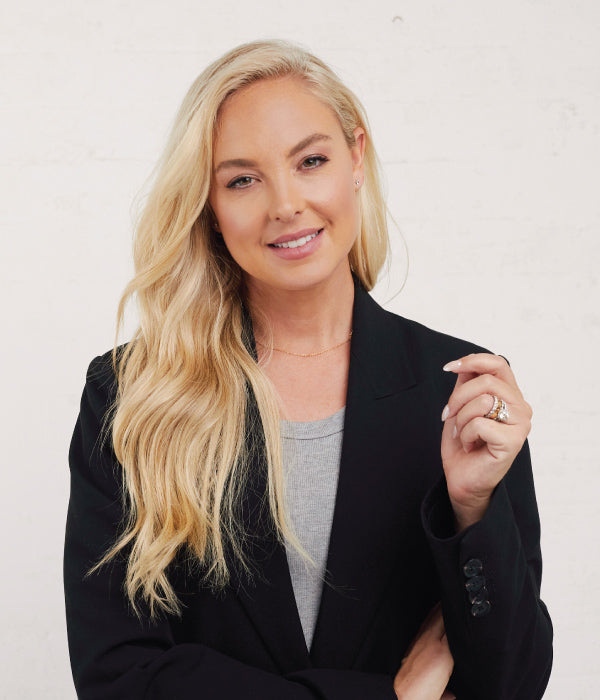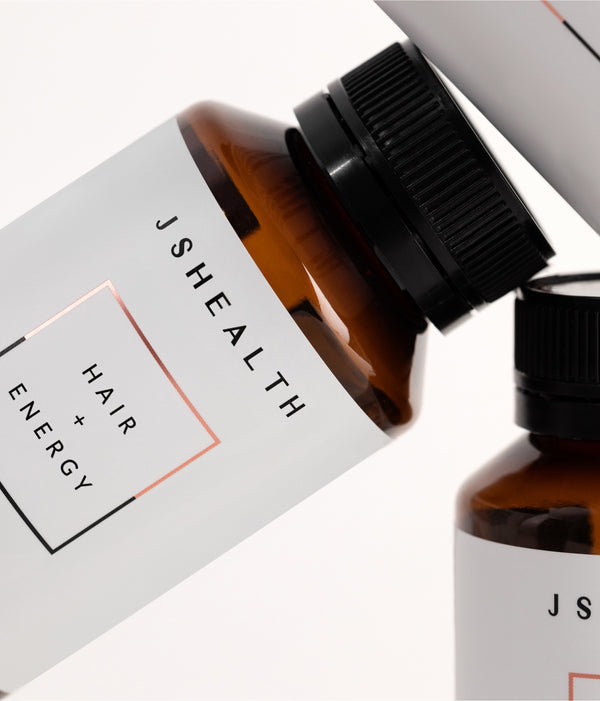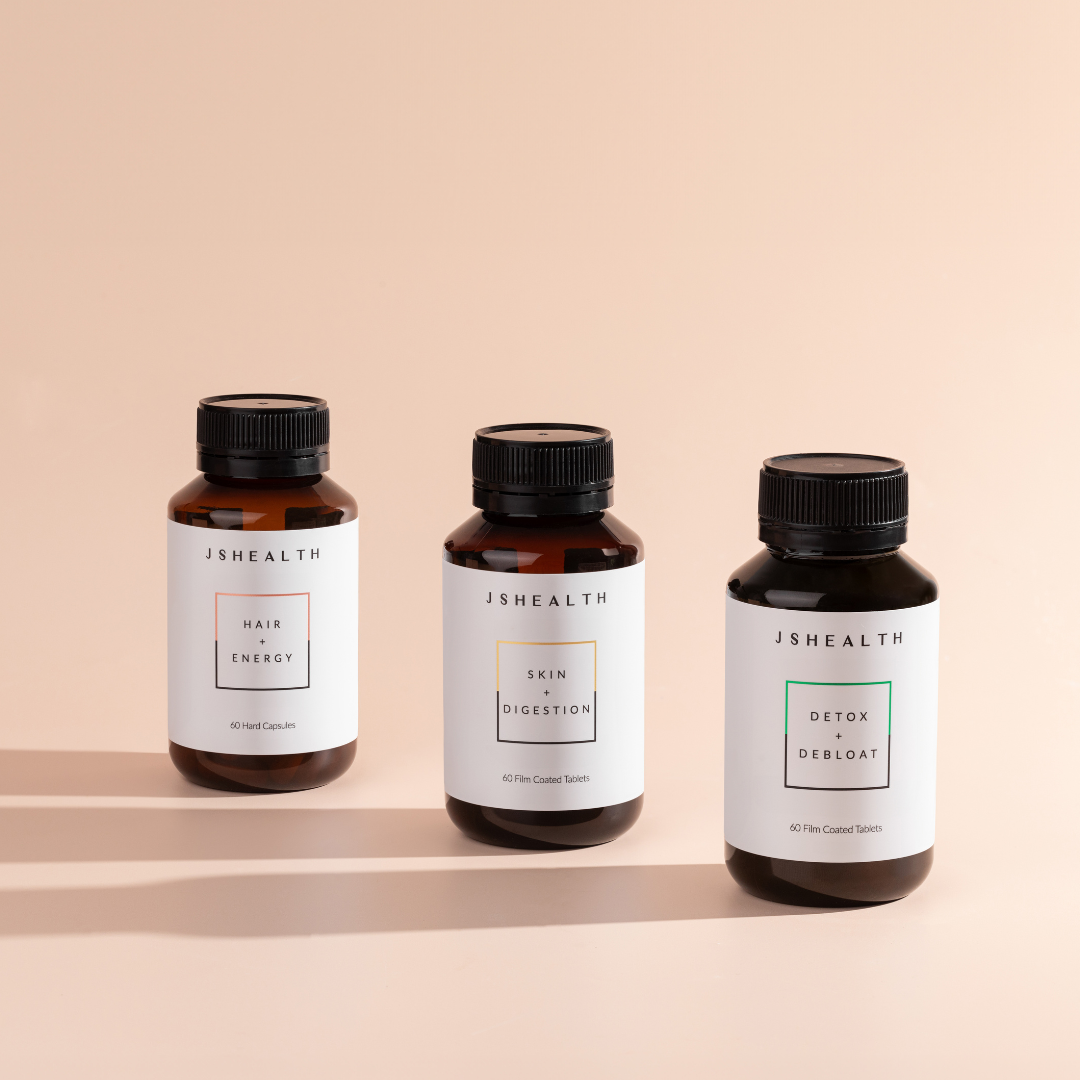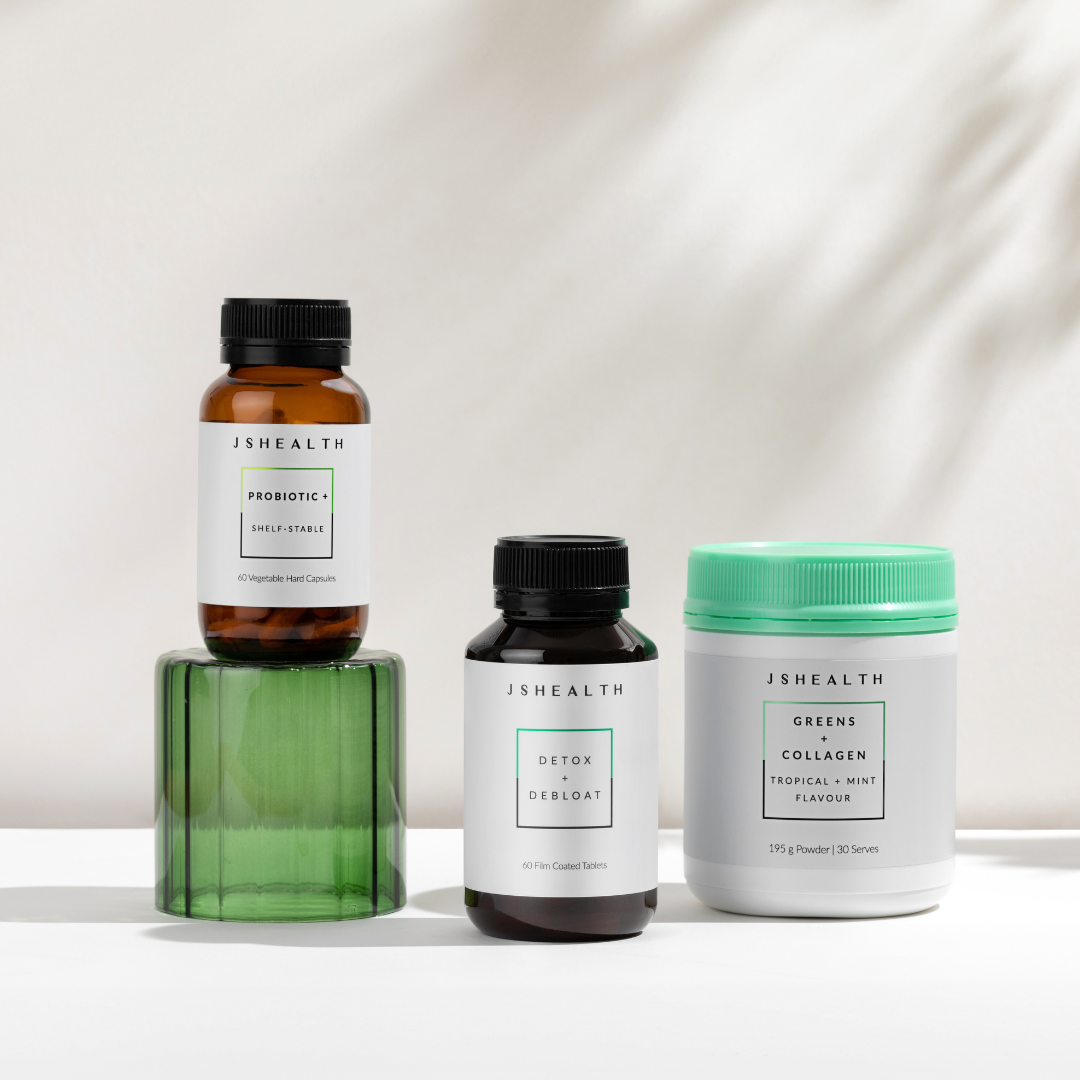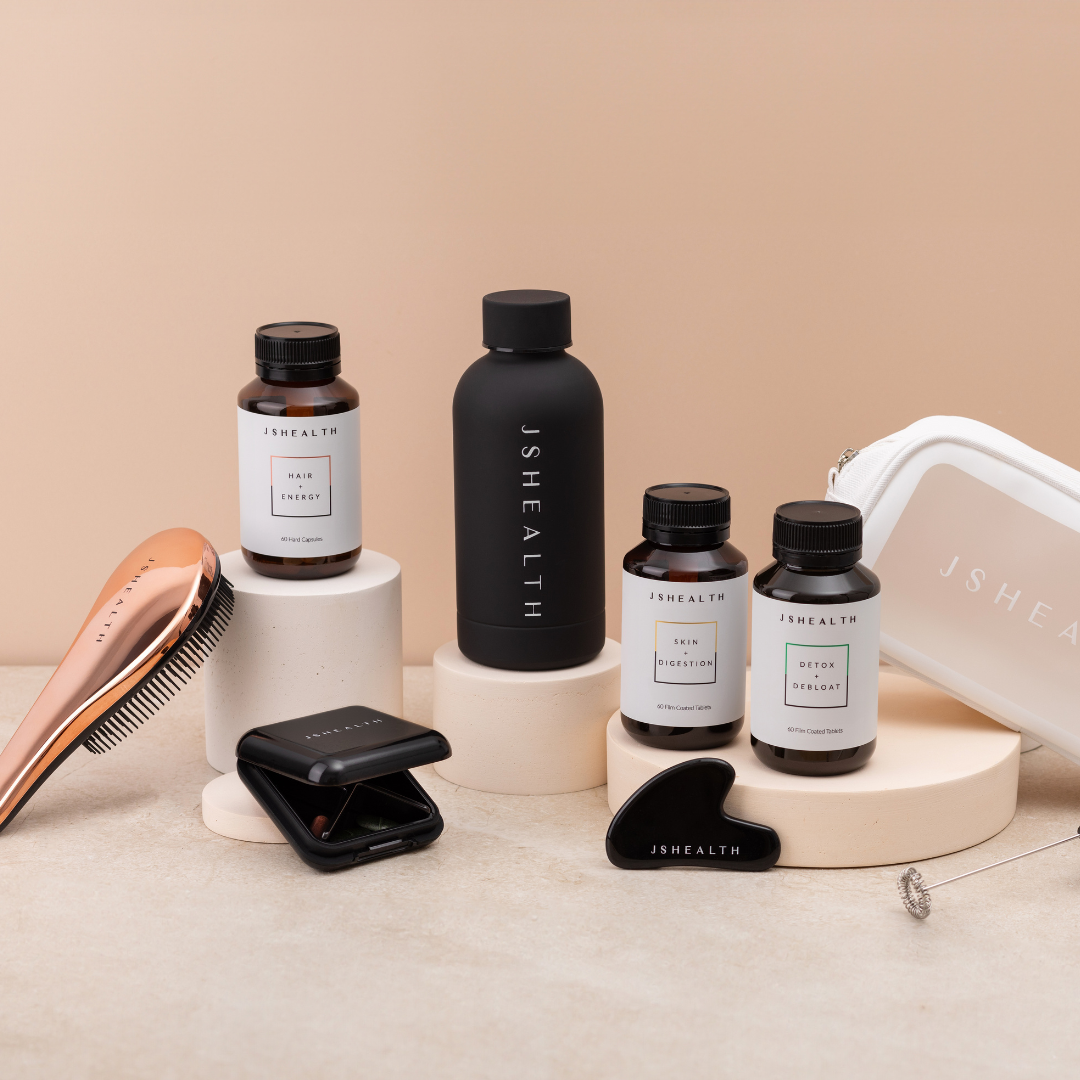How Much Does Hair Grow in a Month?
Naturally healthy and well-maintained locks are a wonderful thing. It just takes a little bit of patience to get there. It’s important to understand that hair growth is a gradual process, and while there are no ‘miracle’ methods for growing longer locks quickly, there are plenty of ways to help maintain and promote the growth of your hair. Being conscious of the factors that influence hair growth can help you nurture your locks to their fullest potential.
A strong, consistent haircare routine is key to growing longer, healthier hair. Let’s talk about hair growth rates, how to protect our hair and how to best prevent breakage.
How Does Hair Grow?
Hair grows in a four-part growth cycle. The hair growth cycle starts with the anagen phase, which is when the hair is actively growing. Each strand of hair starts as a small bulb within a hair follicle. Keratin cells accumulate within the bulb, attaching themselves to the root of each hair and hardening.
During the growth phase, new cells attach themselves to older cells and lift the hair up through the follicle. Our hair gets longer as more and more cells attach themselves. This phase lasts many years. At any given point in time, about 90 percent of all hairs are in the anagen phase.
The second phase is called the catagen phase. This is a short transitional phase where hair leaves the active growth of the anagen phase and begins its third resting phase. This is where hair growth slows down dramatically, and follicles begin to shrink.
The third stage, called the telogen phase, occurs when a hair is reaching the end of its cycle. Hair separates from the bulb during this process, making way for new hair to begin to form and grow in its place.
The fourth stage, called the exogen phase, occurs when the detached hair naturally sheds from the follicle. A new hair will eventually sprout in its place when the anagen phase begins, and the cycle starts again.
How Often Does Hair Shed?
It’s normal to lose up to 100 strands of hair per day. This may sound like a lot, but it’s a very small percentage of the total amount of hair on the average person’s head. We have somewhere between 90,000 and 150,000 hairs at any given time, and 100 strands are 0.1 percent or less of our total hair. This loss isn’t noticeable and generally won’t lead to visibly thinning hair.
Other factors, like breakage and damage, are far more likely to lead to noticeable hairfall. These factors can usually be controlled with proper haircare techniques and an effective self-care regimen.
How Fast Does Hair Grow in a Month?
Hair grows very slowly. The average rate of hair growth is about six inches per year, which works out to about half an inch per month. It’s normal for hair to grow slightly slower or faster than the average rate, but the difference usually isn’t significant.
The amount of hair growth that you can see also depends on your hair type. Those with curly hair may see less visible growth due to their curls, while those of us with straight hair might see the results a little bit faster.
Curly hair is also more prone to frizz and brittleness meaning the hair strands may break easier. This can also cause it to look and feel like your hair isn’t growing fast.
Can You Make Hair Grow Faster?
Hair growth is a natural process regulated by the body. It moves at the speed it was designed to move at. While some may believe in products that promise rapid hair growth, it’s essential to approach the topic with patience and realistic expectations. Hair growth is a natural process that takes time, and there are no magical shortcuts.
Anything that works to strengthen and protect the hair can prevent breakage or excessive hair loss, which can give the appearance that hair is growing longer at a faster rate. Patience and care are the true keys to maintaining naturally healthy and beautiful hair. Remember, a well-balanced routine and gentle TLC will help you on your hair journey.
How Can You Support Long Hair?
Longer, healthier-looking hair starts with consistent hair care. Maintaining hair with regular trims, treatments and gentle methods of refreshing colour can help prevent breakage or damage that may cause hair to break.
Get Regular Trims
Regular trims can preserve the health of hair by combatting split ends. Split ends generally continue to worsen with time as the split moves up the hair shaft. A blunt cut to the hair shaft creates a stronger end that remains intact, preventing breakage from spreading.
There’s no reason to cut off a lot of hair if the damage isn’t severe. Trimming about a quarter of an inch of hair twice a year may be all that’s necessary to prevent split ends from causing damage.
Prevent Breakage and Hair Loss
A little bit of breakage is normal, as is occasional shedding. Our heads can shed as many as 100 hairs a day, so seeing a little bit of hair left behind in the hairbrush isn’t usually a reason to worry.
Keeping our hair and scalp hydrated and nourished can help to prevent or reduce breakage and hair loss. Gently brushing hair with a wide bristle brush or comb can prevent breakage from rough brushing. Always brush from the ends upward, gradually going up a little closer to the root with each stroke of the hairbrush.
You may also want to avoid using styling products, like harsh hair spray, that dry out the hair or leave it with a crunchy or brittle texture. In addition to drying out the hair, it usually takes a lot of vigorous scrubbing to remove residue from hair care products. Vigorous scrubbing and harsh shampoos can cause hair breakage, as hair is more vulnerable when it’s wet.
Keep Heat Tools to a Minimum
Heat styling tools can easily damage hair. Curling irons and hair straighteners heat up the hair and cause moisture to evaporate, leaving the hair temporarily burnt into a new shape. When heat styling tools are necessary, it’s important to use a heat protectant. Alternatively, you can try cloth wrap curls or sleeping with braided hair to add body to hair without causing heat damage.
Stick to hairstyles that can be maintained without heat tools or harsh products. It’s important to let hairstylists know when low maintenance is a priority to avoid getting a haircut that’s difficult to maintain or requires a lot of styling.
Wash Your Hair on a Schedule
Nobody wants to have dirty hair, but a little bit of natural oil is necessary for hair and scalp health. Most experts agree that there’s no reason to shampoo daily. Many people shampoo about twice a week to keep their hair clean without stripping it of natural oils. Allowing hair to air dry post-wash is much gentler than using a hot blow dryer.
Minimally Colour or Process Your Hair
Bleach can be extremely damaging for your hair. Chemical dyes that deposit colour aren’t as damaging as bleach, but they’re still a chemical process. They’re equally as capable of damaging hair, especially with frequent use.
When maintaining blonde or another colour that causes roots to show in stark contrast, try to limit colouring to regrowth only. Unless the goal involves a drastic hair colour change, there’s no reason to process all of the hair that’s already been processed.
A lot of us love experimenting with new hair colours, but keeping experimentation to a minimum is essential for optimal hair health. Non-chemical dyes, like colour-depositing conditioners and dyes that don’t need to be mixed, generally aren’t damaging to the hair.
When it’s time for a colour refresh, consider using a semi-permanent colour-depositing product to amplify the vibrancy of colour, whilst minimising the potential levels of damage.
Massage Your Scalp
Healthy hair grows from a healthy scalp. Scalp massage can help encourage blood flow, invigorating the scalp. It’s an important part of a well-rounded haircare routine.
A weekly scalp massage with natural essential oils like peppermint or rosemary can be a relaxing experience. It may also work to gently remove flakes, dead skin cells and hair product buildup that have accumulated around the roots of hair shafts, as well as hydrate your hair.
Use Hair Health Vitamins
Vitamins to support healthy hair growth can help hair grow to its full potential. Our bodies need the right amount of vitamins and minerals to support a whole host of important processes. If we don’t get enough of the essential nutrients we need, we’re likely to notice negative impacts on our overall health.
The true essence of healthy hair lies not in the topical or external treatments we may use, but in the nourishment we provide our bodies from the inside out.
The Bottom Line
Growing long hair involves using the right products, implementing a haircare routine designed to nourish and protect hair and even eating a balanced diet. Topical products can work to improve the appearance of hair and protect it after it grows, but the process of obtaining truly healthy hair starts from within.
Sources:
What is the structure of hair and how does it grow? | InformedHealth.org | NCBI Bookshelf
Do you have hair loss or hair shedding? | American Academy of Dermatology
How to stop damaging your hair | American Academy of Dermatology
Here’s How Often You Should Wash Your Hair | Cleveland Clinic
